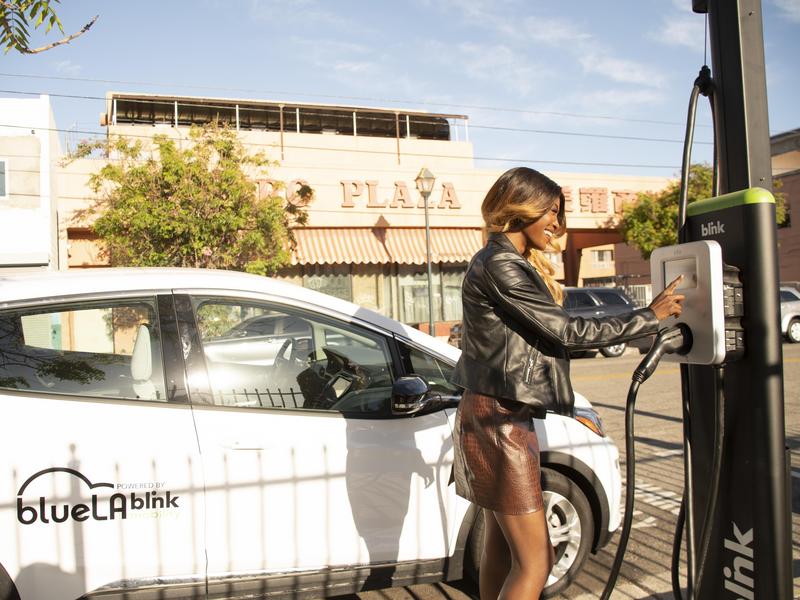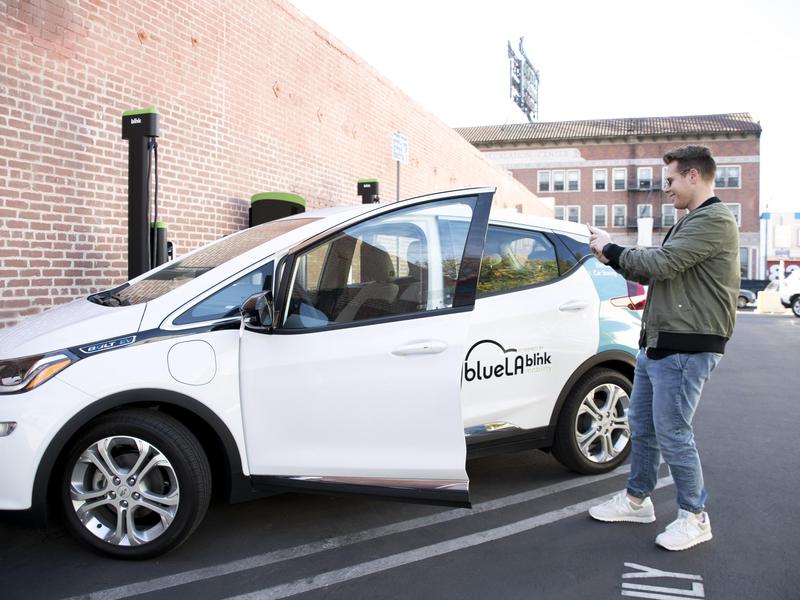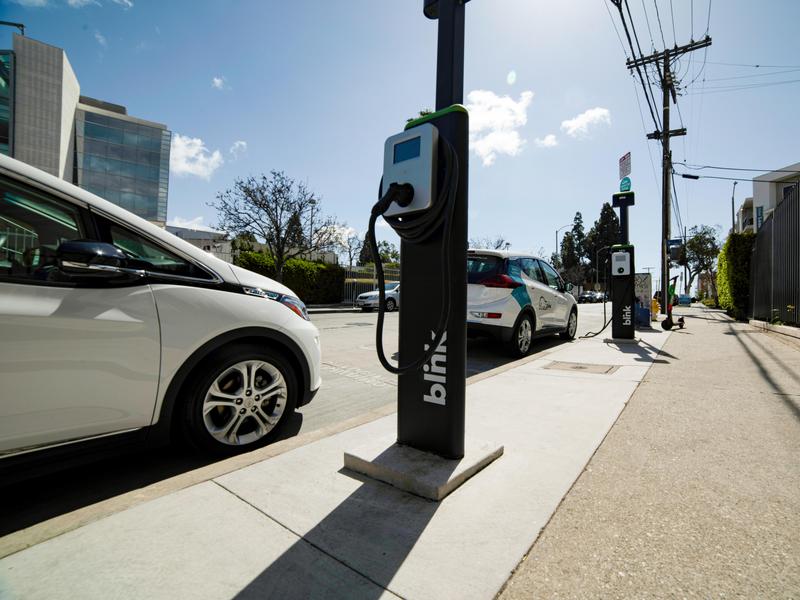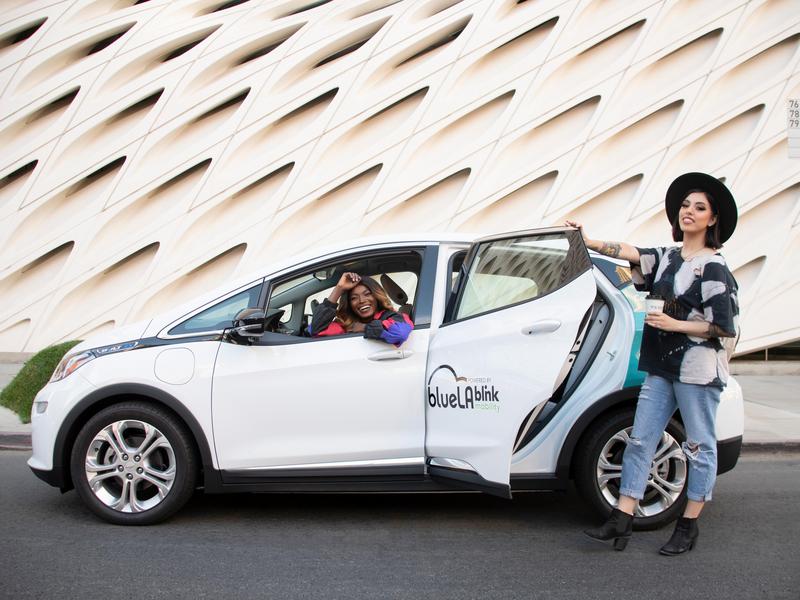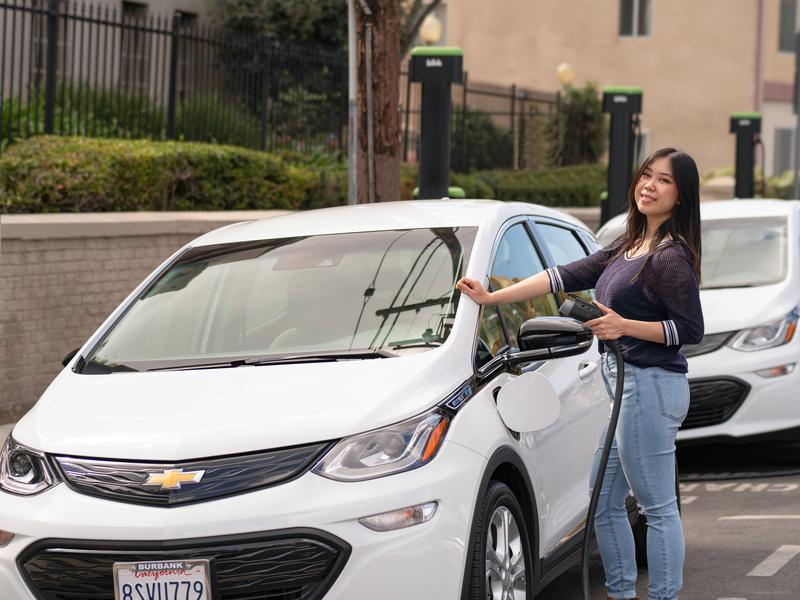Many questions and misinformation are out there about electric vehicles, and many ICEV drivers have questions they ask or would like to ask EV drivers. Got a question? Blink has the scoop to answer all your EV questions. Don’t be afraid to ask, even if you think you already know the answer.
Are EVs ACTUALLY better for the environment, or is that just advertising?
Yes, they are better for the environment and can even improve a community’s air quality. There are two major categories of vehicle emissions: direct and life cycle. According to Energy.gov, direct emissions are emitted through the tailpipe, evaporation from the fuel system, and during the fueling process. “Direct emissions include smog-forming pollutants (such as nitrogen oxides), other pollutants harmful to human health, and greenhouse gases (GHGs), primarily carbon dioxide. All-electric vehicles produce zero direct emissions, which specifically helps improve air quality in urban areas.”
These are the emissions that make us ill, cost the healthcare industry billions, and cause climate change. Electric vehicles have no tailpipes and no tailpipe emission, and it’s that simple.
They’re better for the environment, but they’re not cool or fun to drive, right?
The Tesla Roadster can accelerate from zero to 60 in 1.9 seconds, the fastest EV, and probably the fastest acceleration of any vehicle on earth, faster than the infamous Dodge Charger Hellcat Redeye. The days when EVs were tiny with a range of 50 miles are long gone. Plenty of vehicles these days have a range of 200-350 miles, as long or longer than a gas-fueled vehicle.
Curves that are hard to take in an ICEV are a breeze in an EV because the car has a lower center of gravity. Most people who enjoy driving sports cars also enjoy driving EVs.
Do EVs take the entire day to re-charge?
How long a vehicle takes to charge is completely dependent on the type of EV and the charger used. Roughly divide usable battery capacity by charger power. Today’s big battery cars with 200-300 miles range require faster chargers, and many are available. The Level One charger that comes with the vehicle uses a 120v plug and can charge your vehicle overnight. Level Two chargers charge faster, and there are plenty for home installation. Public Level 2 chargers can charge even faster—the Blink IQ 200 chargers are the fastest Level Two AC charging stations available, producing 80 amps of output, providing approximately 65 miles of charge in an hour.
DC Fast chargers and Tesla chargers can charge a car from zero to 80% in under 30 minutes.
Can’t EVs just stop in the middle of the road if they run out of electricity?
Sure, just as a gas-fueled vehicle would stop in the middle of the road if it ran out of gas, but not many drivers would let that happen. Many EVs come equipped with a map to find your destination and EV stations in between. Plugshare is an online app that enables drivers to find nearby stations, read reviews ahead of time, and check wait times to use the chargers to find convenient choices. If you do run into trouble on the road, there are now portable roadside assistance options for EVs.
I heard they were really expensive.
A few luxury models are, just like with gas-fueled vehicles. However, plenty of EV cars start in the $25,000-40,000 range, and SUVs are in the $50,000 range.
The Tesla Model 3, the most popular car in the world, starts around at $38,690, within a desired price range compared to most cars on the market.
Residential electricity rates are much lower than fuel prices, sometimes allowing drivers to fuel up for $5-$30 a month! The average household spends about $25.20 a month refueling an electric vehicle.
What about maintenance? Will I have to replace a pricey battery?
EVs are essentially maintenance-free. According to EnergySage.com, the annual fuel and maintenance cost for an EV is $485 and $1,117 for a gas-fueled car. If you’re a driver who plans to keep your car at least ten years, it’s less expensive and most efficient to drive an EV. The battery usually needs to be replaced at 10 years or 150,000 miles, about the same time a gas-fueled vehicle also needs to be replaced.
EVs can’t be driven in the cold, right?
Of course, they can! EVs like the same temperatures people do—59-85 degrees Fahrenheit, and they operate best in those temperatures. But just like people, they can’t quit because it’s too hot or cold! Extreme temperatures can affect your EV, and some range loss can take place in the cold. However, major range loss requires serious temperature changes.
According to Car and Driver, “testing five EVs in mixed-use driving with the HVAC systems running, AAA found that, on average, the range dropped by 41 percent when the temperature fell from 75 degrees to 20. At 95 degrees, the range was reduced by 17 percent compared with the 75-degree baseline.” Cold weather might require an extra charging stop, but EVs roll off the assembly line to protect their batteries from extreme temps.
Can I get a shock or electrocuted by a charging plug?
Not really. According to Autosavant, all EVs must adhere to “the National Electric Code in the US, virtually all electrical equipment must be certified for electrical safety by an OSHA-accredited Nationally Recognized Testing Laboratory.” Those standards include the “UL Subject 2594 (Outline of Investigation for Electric Vehicle Supply Equipment) and UL 2202 (Electric Vehicle Charging System Equipment).” All Blink chargers meet UL standards and bear the UL label.
Getting a charger to market is difficult because of the many layers of safety rules they have to meet. You will not be shocked by an EV charger, even if you charge your car in standing water.
Can Lithium-ion batteries cause EVs to explode?
Lithium-ion batteries are some of the most common batteries on the market, used in devices like cell phones and laptops, and EVs. Lithium-ion batteries can combust and catch fire, especially in high temperatures, but are far less likely to do so than conventional vehicles that use combustible gasoline. And as we know, with normal, proper use, gas vehicles usually only explode in the movies.
You’ve got questions? We’ve got answers. Join us for the drive ahead.
Recommend for You
Stay Informed
Join our mailing list for hot news and company updates.


